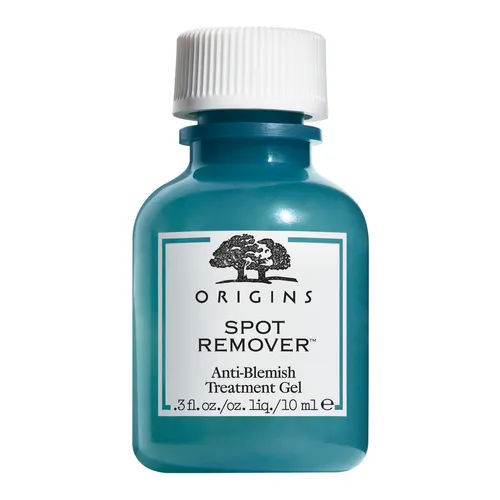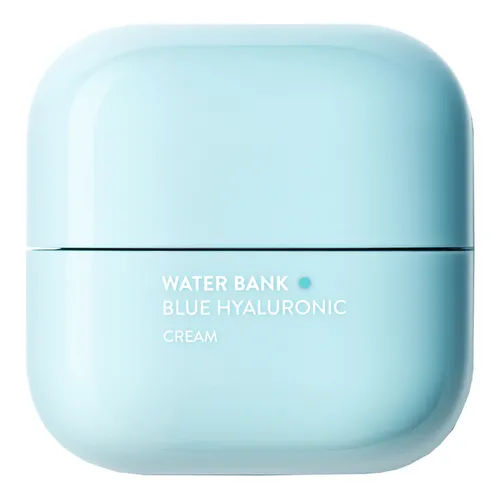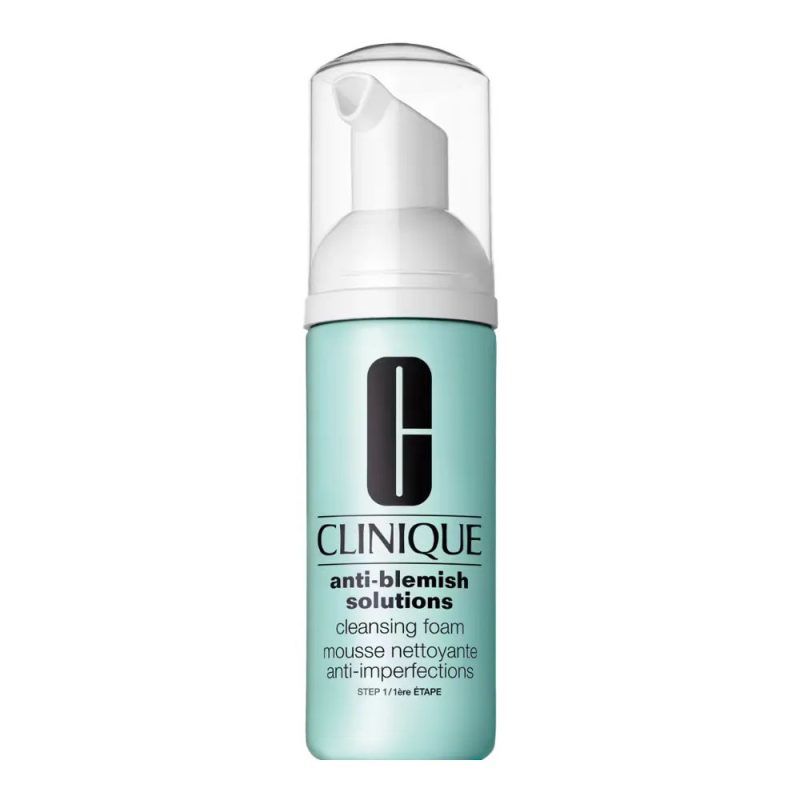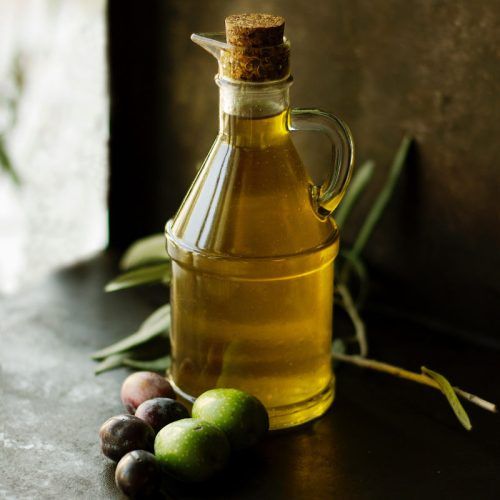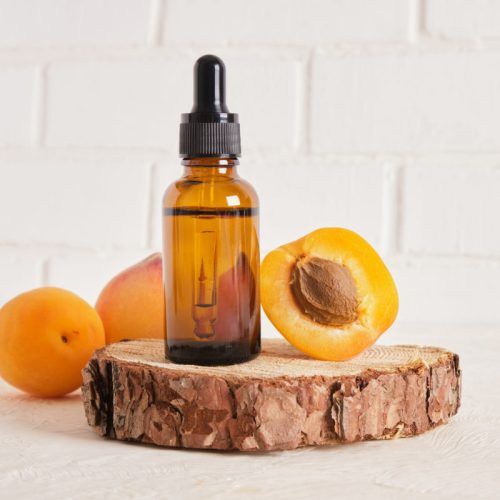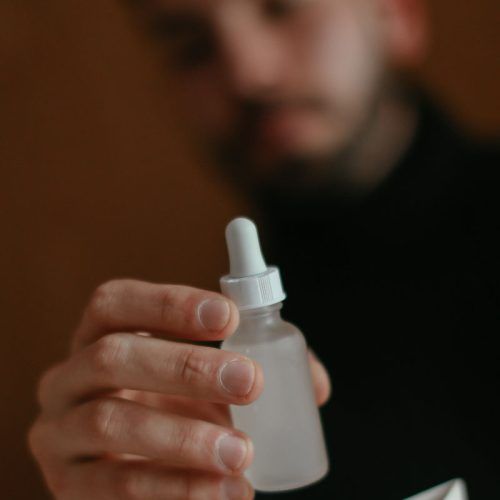If there is one thing we can all agree upon, it’s that none of us like pesky zits. And whenever a pimple starts making its way to the surface of our skin, we shift our gears into attack mode. Subconsciously or consciously, we do not want the pimple to run its course, we want to act fast with our big guns… And this means trying to find the best acne treatments that will shrink the newly unwanted resident on our skin ASAP.
While most of the acne treatments we suggest below are hard-hitting, it is equally imperative to remember to ensure that we do not touch our face with dirty hands, manage our stress levels, and keep a check on our dairy consumption.
Ahead, we share a list of the best pimple patches, drying lotions, and other important stuff to help banish breakouts. You can thank us later.

Types of acne
There are three primary categories of acne. Read below to understand more.
Comedonal acne
Also known as pore-clogged acne, this develops due to skin pores getting clogged or blocked because of excess secretion of oil (sebum) that ends up holding dirt, grim, and gunk.
Shop the best acne spot treatments now
Whiteheads and blackheads
Whiteheads are closed and have a ‘head’, resulting in a little white lump on the surface of your skin.
On the other hand, blackheads appear black on the skin’s surface, in contrast to whiteheads. They’re referred to as ‘open comedones’.
This occurs as a result of the pore’s head remaining open while the rest of the pore becomes blocked. It’s crucial to understand that you shouldn’t attempt to pop them yourself. Otherwise, it will leave a scar. We recommend using Fenty Skin’s Pre-Show Glow Instant Retexturizing 10% AHA Treatment once every week as an effective acne treatment and to keep blackheads and whiteheads away.
Shop the best acne spot treatments now
Inflamed acne
Under this, there are two varieties of zits:
Papules
When oil or extra skin cells obstruct a pore and combine with the skin bacteria, it results in little red bumps known as papules. When a pore becomes plugged, its contents leak out, allowing bacteria to get into the nearby skin tissue. As a result, causes the lesion to become inflamed. However, papules don’t have pus in them.
Pustules
These are small yet protruding pimples which have a white centre and red, swollen skin around them. They typically appear on the chest, face, or back in groups and are filled with pus. When a clogged pore becomes infected, pustules develop. After washing your face, we recommend using Biossance’s Squalane + BHA Pore Minimizing Toner for a hydrated yet exfoliated visage.
Often those with acne-prone skin skip using a moisturiser. Unfortunately, skipping the moisturiser leads to your skin producing more oil and the pores getting clogged. In order to ensure your skin is at its best, other than using acne treatments, apply a light, oil-free moisturiser to hydrate and nourish your skin. Sunday Riley‘s C.E.O. Afterglow Brightening Vitamin C Moisturizer is a great option for acne-prone skin.
Shop the best acne spot treatments now
Nodulocystic acne
Nodulocystic acne is characterised by severe, deep outbreaks that can be painful and leave scars behind. The face, chest and back may all be affected by these outbreaks.
Cysts
Cystic acne are swollen, painful, and inflammatory. Often filled with pus, they have the potential to rupture and infect the skin around them.
Nodules
Deep beneath the skin’s surface, flesh- or red-coloured lumps are called nodules. These occur when a blocked pore becomes inflamed. Unlike cystic acne, nodules feel hard to touch because they lack pus.
Shop the best acne spot treatments now
(Main image: Polina Tankilevitch/ Pexels; Featured image: Ahmad Ebadi/ Unsplash)
This story first appeared on Prestige Online Hong Kong


